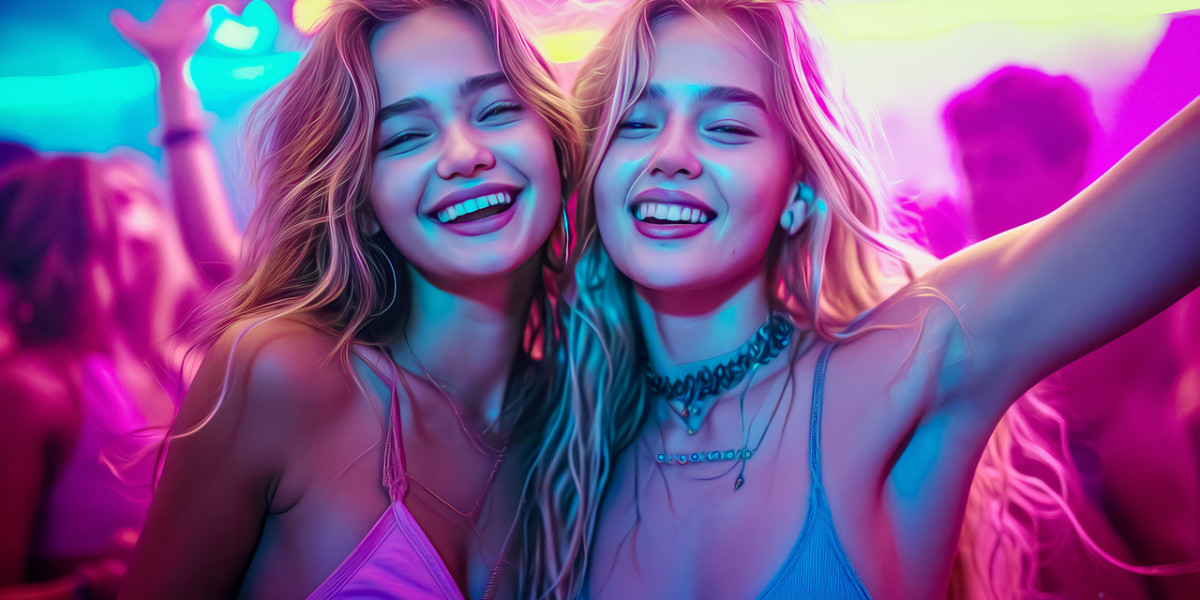Sheet metal fabrication is a critical process used in a wide variety of industries, including automotive, aerospace, construction, electronics, and manufacturing. It involves the creation of metal structures and parts from thin, flat metal sheets, which are shaped, cut, bent, and assembled into components that serve specific functional purposes. In this article, we explore the sheet metal fabrication process, its applications, and its importance in modern manufacturing.
What is Sheet Metal Fabrication?
Sheet metal fabrication refers to the process of transforming flat metal sheets into different shapes and sizes through cutting, bending, and assembling. The metal sheets used are typically made from materials like steel, aluminum, copper, and stainless steel. These materials are chosen based on their strength, corrosion resistance, weight, and flexibility, making them ideal for creating robust and reliable products.
The fabrication process can be carried out using a variety of techniques, depending on the complexity of the design and the material used. The primary methods include:
- Cutting: This involves using tools such as laser cutters, water jets, or shears to cut the metal sheet into the required shape or size.
- Bending: The metal is then bent using press brakes or rollers to form specific angles and shapes.
- Welding: Once the parts are cut and bent, they are welded together to form a finished product.
- Assembling: Finally, the components are assembled into a final product using techniques like riveting, bolting, or welding.
Key Benefits of Sheet Metal Fabrication
Precision and Accuracy: With modern technologies like laser cutting and CNC (Computer Numerical Control) machines, sheet metal fabrication allows for highly precise and accurate cuts, bends, and formations. This precision ensures that the components fit perfectly into their intended applications.
Durability: Sheet metal parts are often chosen for their ability to withstand extreme temperatures, stress, and corrosion. Metals like stainless steel and galvanized steel offer exceptional durability, making them ideal for products that need to endure harsh environments.
Versatility: Sheet metal fabrication is extremely versatile, enabling the creation of components in nearly any shape or size. From simple brackets to complex structures, the techniques used in sheet metal fabrication can produce a wide range of products, from small, intricate parts to large, heavy-duty components.
Cost-Effectiveness: Compared to other manufacturing processes, sheet metal fabrication can be highly cost-effective, especially for large production runs. The use of standardized materials and automated machines can reduce labor costs and increase overall efficiency.
Common Applications of Sheet Metal Fabrication
Sheet metal fabrication finds use in virtually every sector of the economy. Some of the most common applications include:
Automotive Industry: Sheet metal parts are widely used in vehicle manufacturing, including body panels, chassis, exhaust systems, and engine components. The automotive industry relies on the precision and strength of sheet metal to produce safe and durable vehicles.
Aerospace: In aerospace engineering, lightweight but strong materials are crucial. Sheet metal fabrication is used to create parts such as aircraft fuselages, wings, and structural components that must meet stringent weight and safety requirements.
Construction: Sheet metal is also commonly used in the construction of roofing, siding, ducts, and other building components. Its resistance to corrosion makes it ideal for structures exposed to the elements.
Electronics: The electronics industry utilizes sheet metal fabrication for creating enclosures for computers, smartphones, and other electronic devices. These enclosures provide protection for delicate components and are often designed to be lightweight and efficient in heat dissipation.
HVAC Systems: Sheet metal is used to manufacture ducts, vents, and other components of heating, ventilation, and air conditioning (HVAC) systems. Its ability to conduct heat and its durability make it an ideal choice for these applications.
Advances in Sheet Metal Fabrication
As technology continues to evolve, so too does the field of sheet metal fabrication. Advances in automation, precision tools, and materials science have led to improvements in speed, accuracy, and cost-effectiveness. Some notable trends in the industry include:
3D Printing: 3D printing, also known as additive manufacturing, is starting to make an impact in sheet metal fabrication. While traditional methods remove material from the sheet, 3D printing adds material layer by layer, allowing for the creation of highly complex shapes that were once difficult or impossible to achieve with traditional fabrication methods.
Robotics: Robotic arms are increasingly being used in sheet metal fabrication to perform repetitive tasks such as welding, cutting, and assembly. These robots enhance the efficiency of the production process, reduce errors, and improve overall safety.
Eco-Friendly Practices: As sustainability becomes more of a priority, the sheet metal fabrication industry is focusing on reducing waste and energy consumption. Companies are exploring ways to recycle scrap metal and use more eco-friendly materials to minimize the environmental impact of their operations.
Challenges in Sheet Metal Fabrication
While sheet metal fabrication offers numerous advantages, it also presents several challenges. These can include:
- Material Limitations: Some metals may be difficult to bend or cut without causing damage, and certain alloys may require specialized equipment to process.
- Complexity of Designs: Complex designs with tight tolerances may require more advanced machinery or additional steps in the fabrication process, increasing both time and cost.
- Skilled Labor Requirements: Fabrication processes often require skilled workers who are familiar with the various techniques and equipment involved. Shortages of trained professionals can pose a challenge in some regions.
Conclusion
Sheet metal fabrication is an essential process in modern manufacturing, providing strength, durability, and versatility across a wide range of industries. From automotive to aerospace, its applications are broad and varied, and with advancements in technology, the future of sheet metal fabrication looks bright. As industries continue to demand higher precision, lower costs, and faster turnaround times, the field will continue to evolve, meeting the challenges of the modern manufacturing world.








